New York in the ’60s: Domestic Yearnings, Yorkville Hangouts and Bartenders
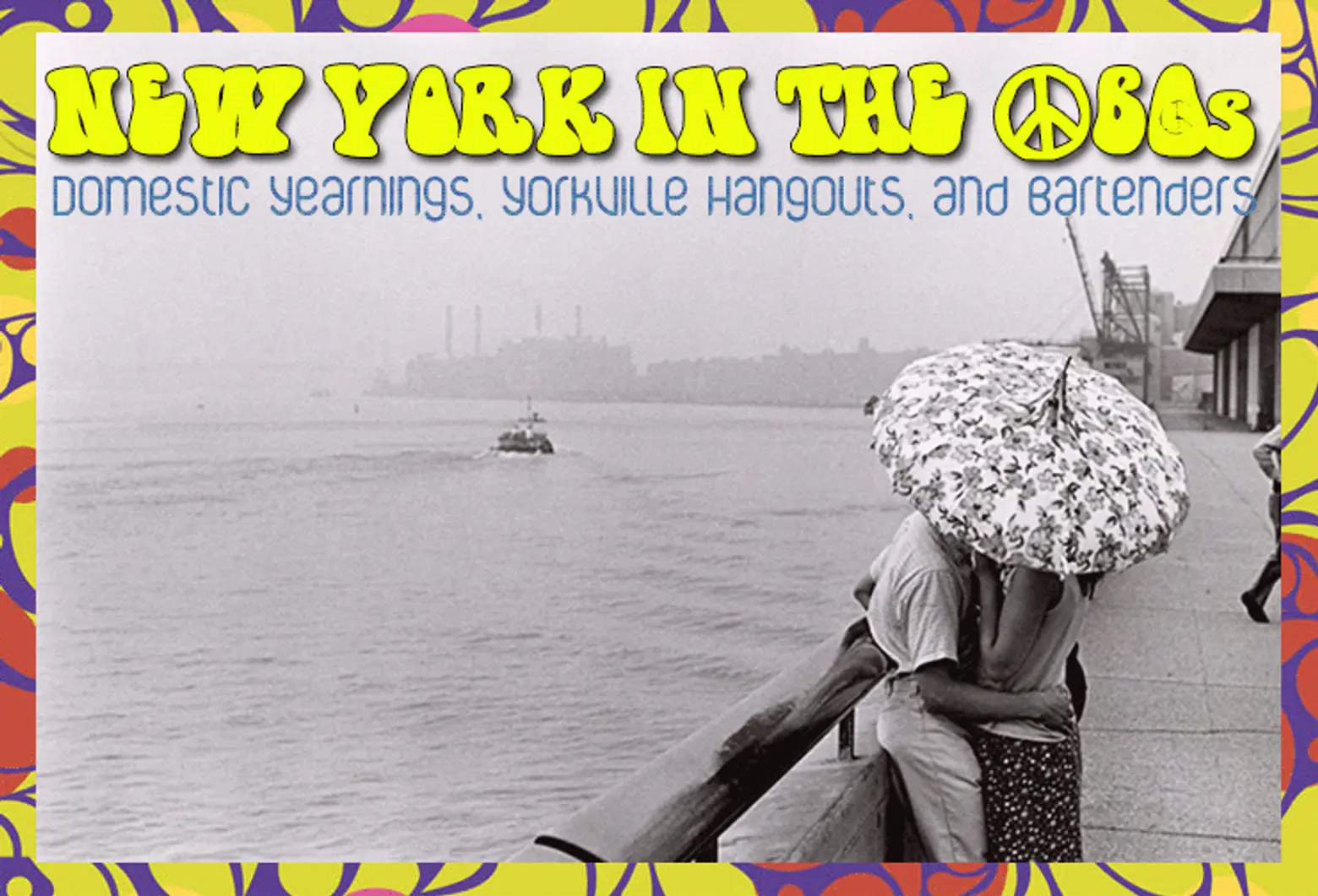
Our series “New York in the ’60s” is a memoir by a longtime New Yorker who moved to the city after college in 1960. Each installment will take us through her journey during a pivotal decade. From $90/month apartments to working in the real “Mad Men” world, we’ll explore the city through the eyes of a spunky, driven female. In our first installment, we went apartment hunting with the girl, and now that she’s moved in on the Upper East Side, we learn how she went about decorating her first NYC apartment, her favorite haunts of early 1960s Yorkville, and her bartender boyfriend.
+++
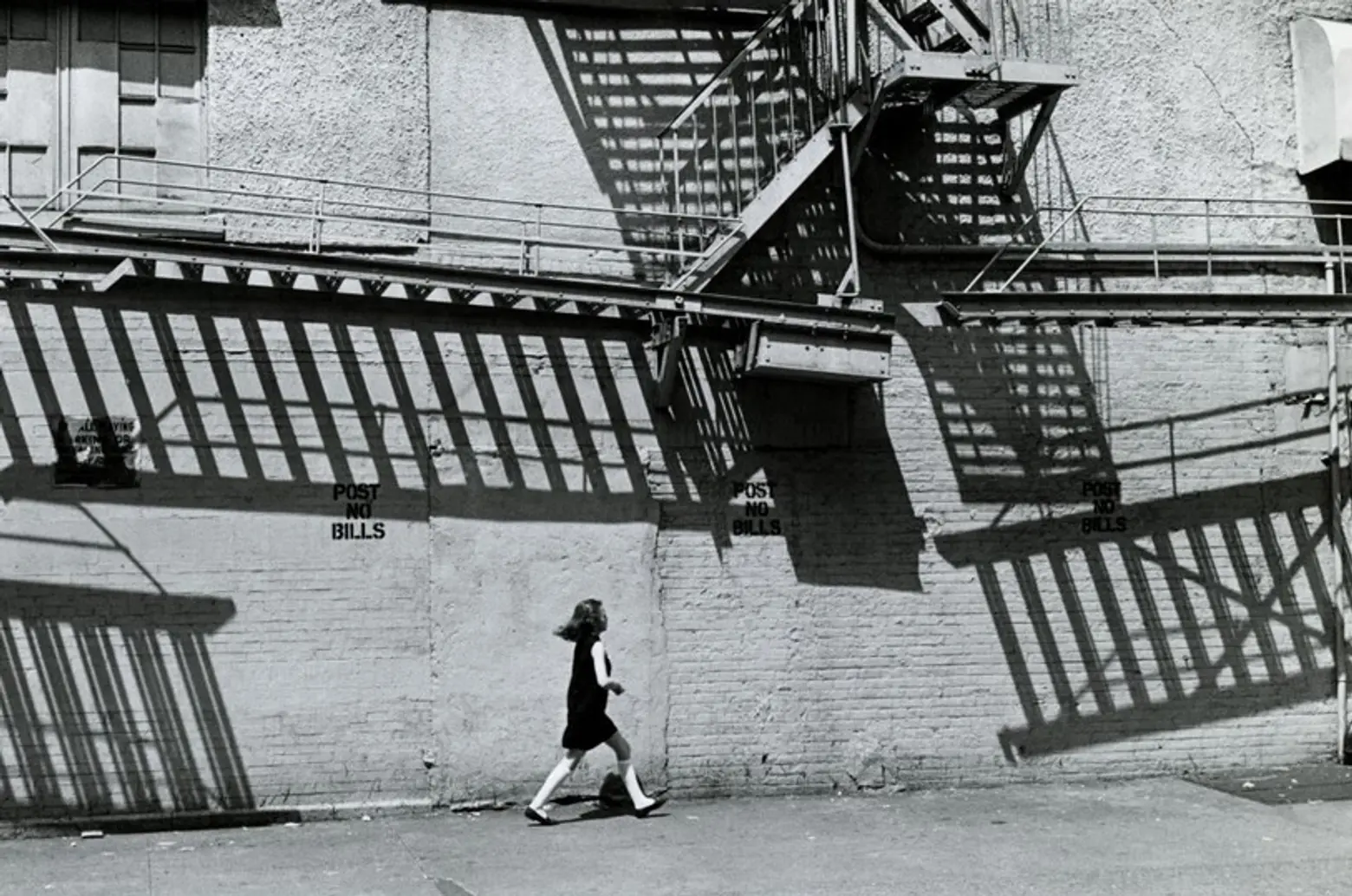
Photo by James Jowers, via George Eastman House/Flickr
She was a domestic person, and this was never clearer than when she first set up housekeeping on East 81st Street. In a one-room apartment like this one—the broker euphemism “studio” had not yet been coined—a sofa bed seemed like the best option, and she guessed that Harlem would have bargains, so she went there and bought a brown tweed number with silver threads. In college she had acquired a 9-foot x 12-foot gray cotton rug, thin and meager and neutral in tone. In time she grew to hate it, but it fit in her living room. She had a few pieces of furniture from her parents and grandmother.
The sheets for the sofa bed were ironed by her weekly. Winter and summer she ironed her sheets. Often, while ironing, she wondered why she did it. She concluded that, after 17 years of living at home followed by four at college, she had a great deal of pent-up domesticity to release. Even in college she had bought a matching set of bedspread and curtains, so the urge was already apparent then although hardly slaked, judging by the time she spent at the ironing board on East 81st Street. (It goes without saying that sheets, being large, hung off the ironing board and draped onto the floor, so the task required a prior washing of the floor, and we have it on good authority that that was not a pleasure.)
She haunted the second-hand stores on Second and Third Avenues and found a well-used chest of drawers she never would have bought if she had had more money. A lot of people combed the streets early every Friday morning looking for pieces that had been left out for the Sanitation Department to pick up and haul away, but the girl had no luck with that. Perhaps her neighborhood was not fashionable.
She bought a small base cabinet for the kitchen, about 18 inches wide, and white enamel pots and cast iron pans from the hardware store. A stove, sink and fridge came with the apartment. Her boyfriend—a pal of her sister’s boyfriend—worked tending bar, and he pilfered knives and forks for her slowly over time, as well as a couple of side chairs.
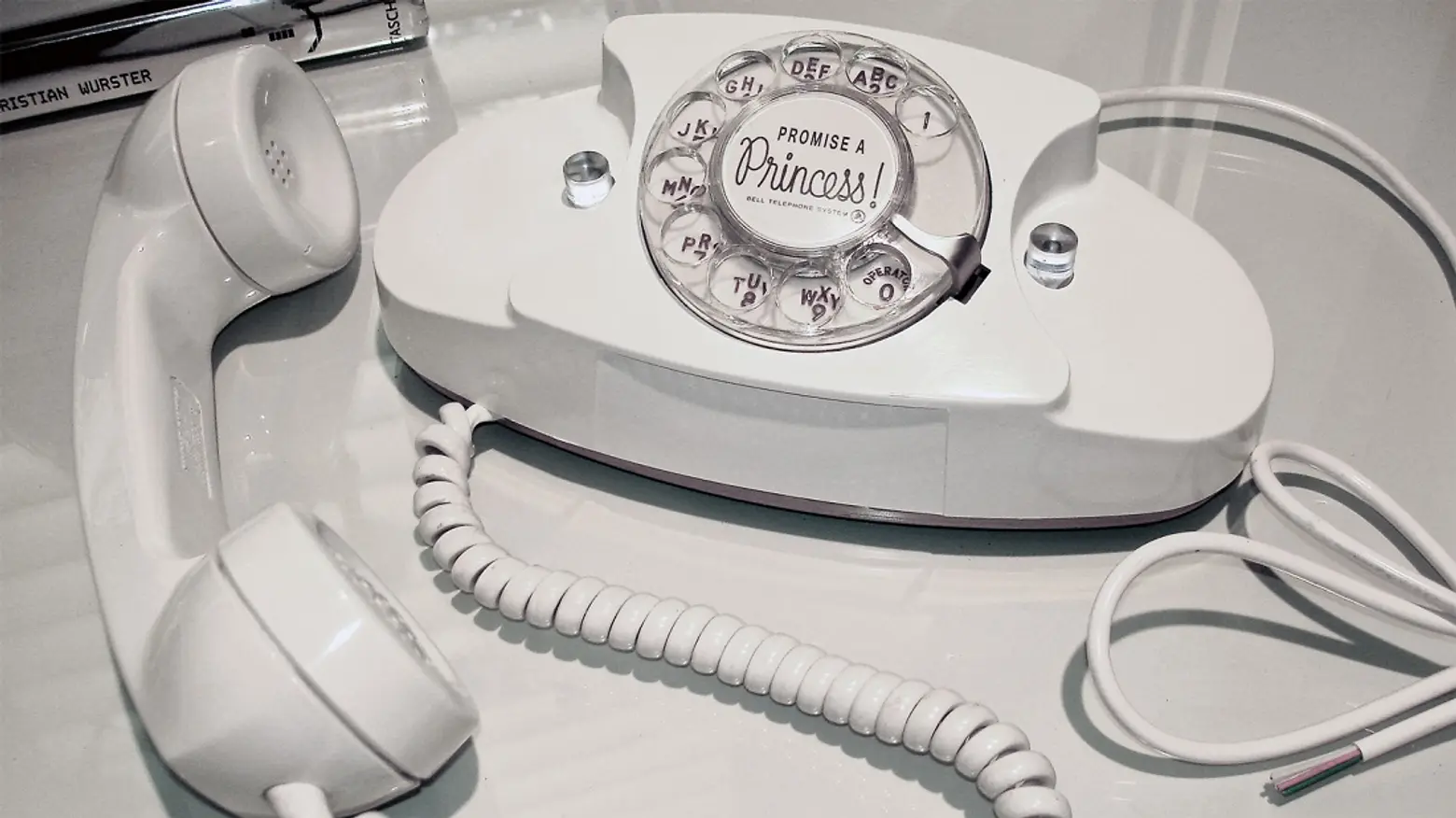
White Princess phone via Mark Mathosian/Flickr
She went to Chinatown (this time on purpose) and bought some pretty things to hang on the wall. Her telephone was a white Princess phone. The designation made her wince, but it was a small phone, so was the apartment and so was the table it sat on. The dial lit up like a night light.
Once in a while, the girl and her sister and one or two others would go out for dinner at one of the Hungarian restaurants in the neighborhood. It was a very ethnic community, part German, part Hungarian, but that seemed to be changing. Lots of recent college grads were populating the area. You could almost say they were altering the ethnic mix of the neighborhood.
Once a week or so, the girl hung out with her boyfriend at Glennon’s, a Third Avenue bar near P.J. Clarke’s and like it but less pretentious. Jim Glennon knew his customers, and his customers claimed him as a friend. He was smart and witty and he served hard-boiled eggs. That was all he served. Food was thought to prevent intoxication—eggs were Glennon’s concession to the law.
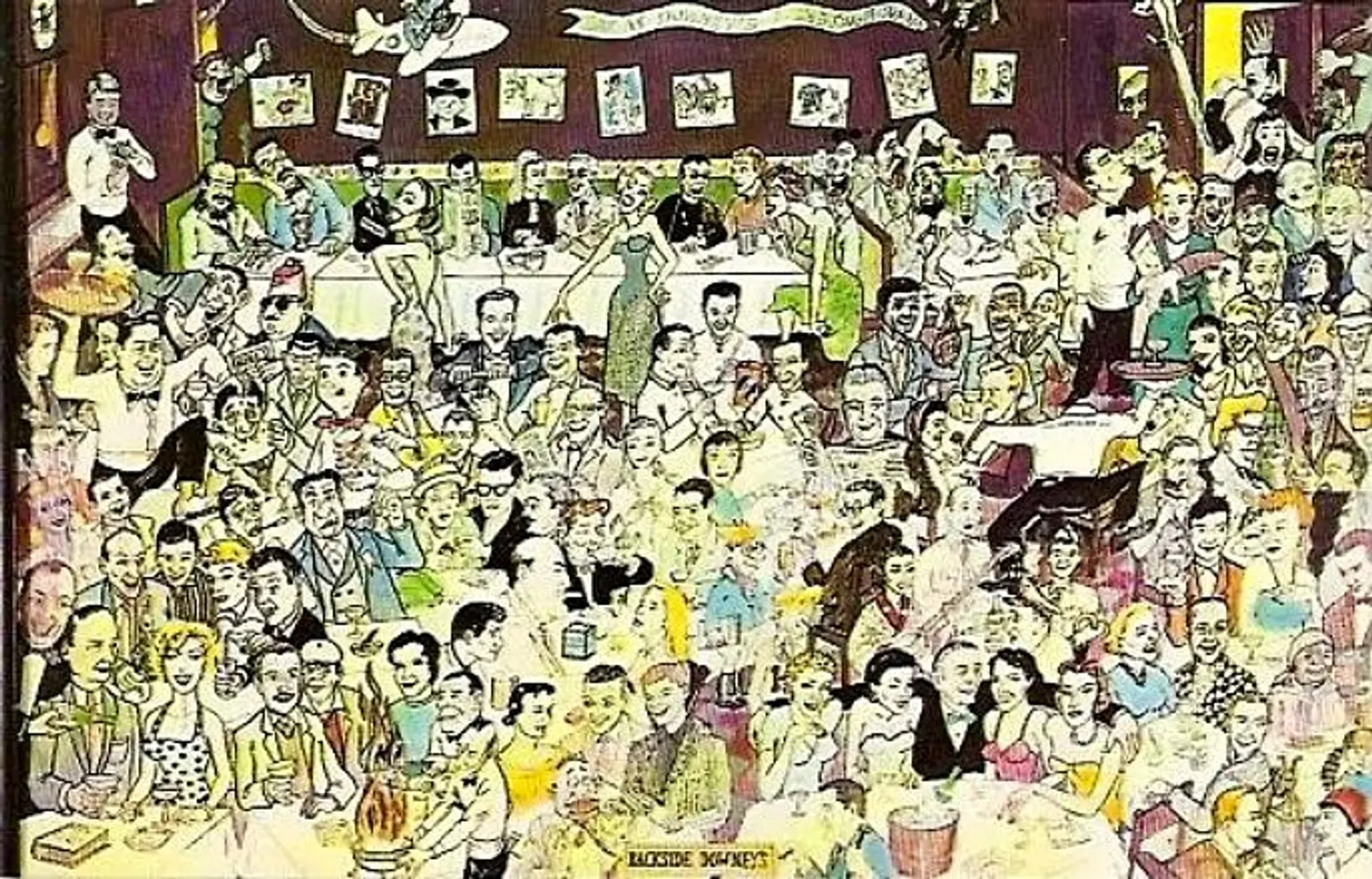
A postcard showing the theater crowd at Jim Downey’s Steakhouse
They went to bars on York Avenue, too, bars like Dresner’s, but mainly to eat. The boyfriend worked at a bar on 8th Avenue and 47th Street owned by Jim Downey, who owned, ran and hosted Jim Downey’s Steakhouse on 8th Avenue and 45th Street. The boyfriend, being a handsome, charming and fun-loving fellow, was one of Downey’s favorites, so sometimes the girl and her boyfriend went there. She had learned to make Irish coffee and made a better mug of it than you could find most places, so one day she naively invited the august and successful Jim Downey to her apartment for some, not thinking the invitation might be construed for something else. Luckily, he never took her up.
Eighth Avenue at the time was a solid row of run-down and dirty tenement buildings with storefronts on the ground floor, many of them bars. It was a depressing stretch of gin mills, and the men who hung out in them were disappointed alcoholics who drank a lot, smoked a lot and talked very little. Not much distinguished it from the Bowery at the time. Today it’s hard to imagine it was like that in the 1960s.
Finally the boyfriend was persuaded to get a “normal” job, and he bought a suit at Barney’s, which at the time was a cut-rate men’s haberdashery on 7th Avenue and 17th Street, not the upscale fashion emporium on Madison Avenue it is today. The suit was a wool blend, glen plaid, greenish, and fit badly. He did, however, get a job bookkeeping for Avon Cosmetics and wore that suit until there were holes in it, which didn’t take as long as it should have. As far as the girl’s job, six weeks after she started, she quit. The psychiatrist told her that the world would fall down on her head if she left him, but she was willing to chance it.
+++
Lead image by James Jowers, via George Eastman House/Flickr
RELATED:
Interested in similar content?
Leave a reply
Your email address will not be published.
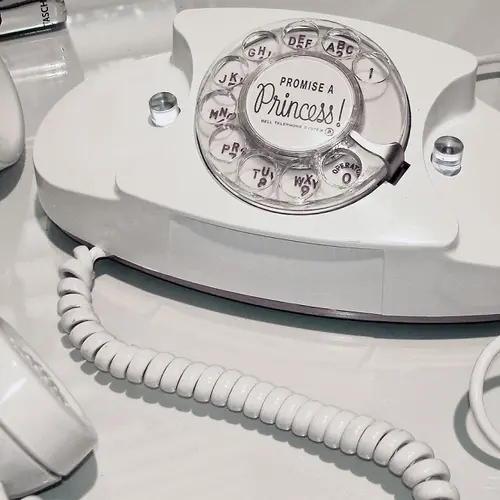
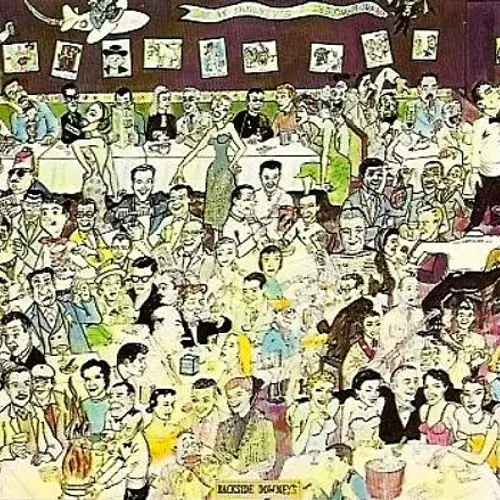
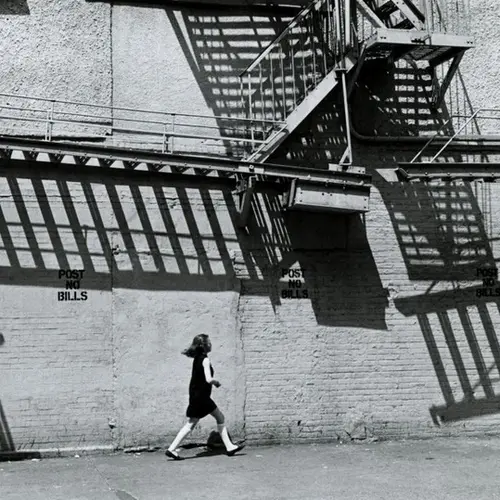
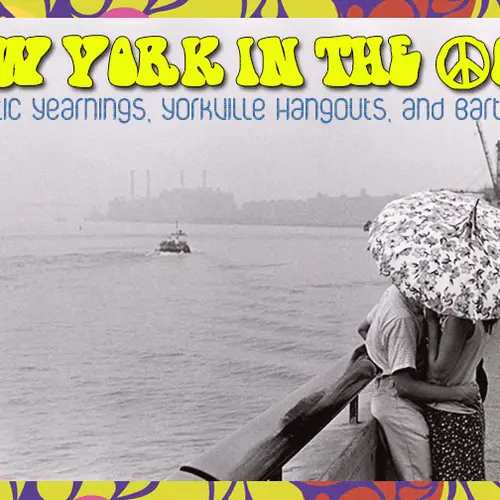
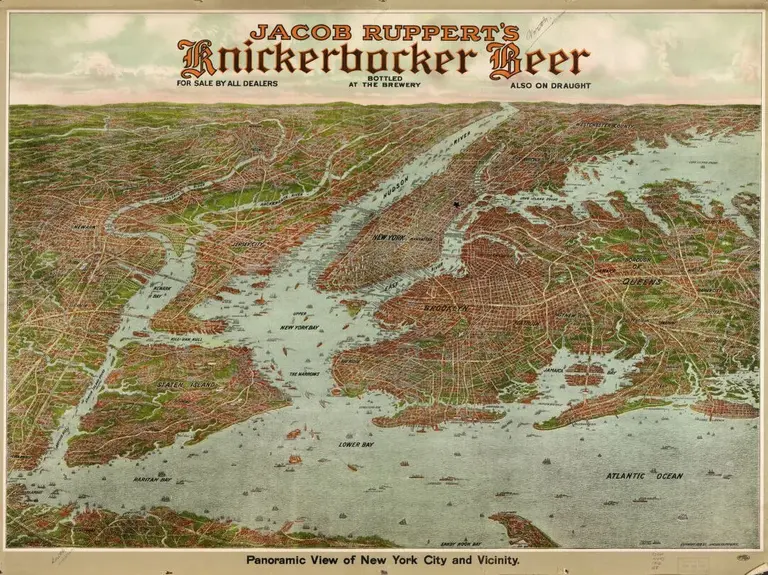
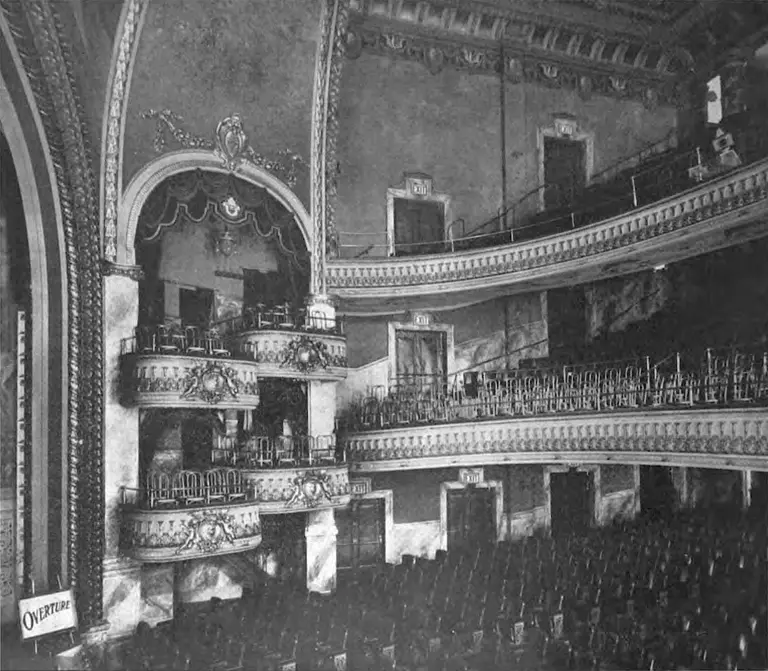
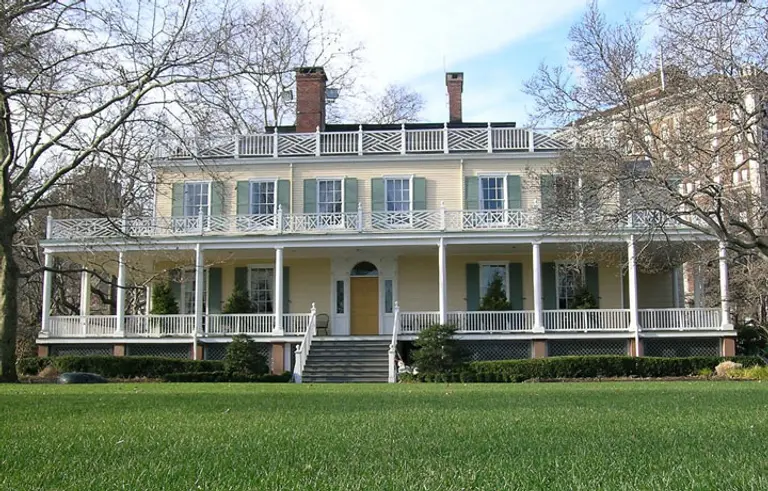
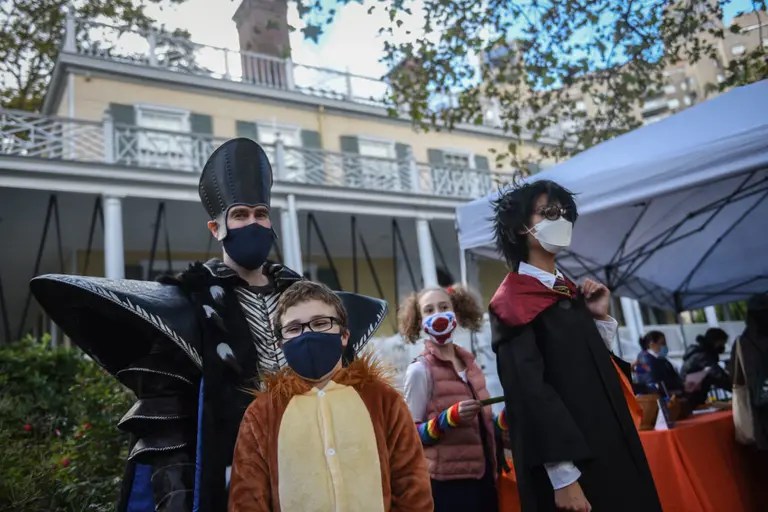
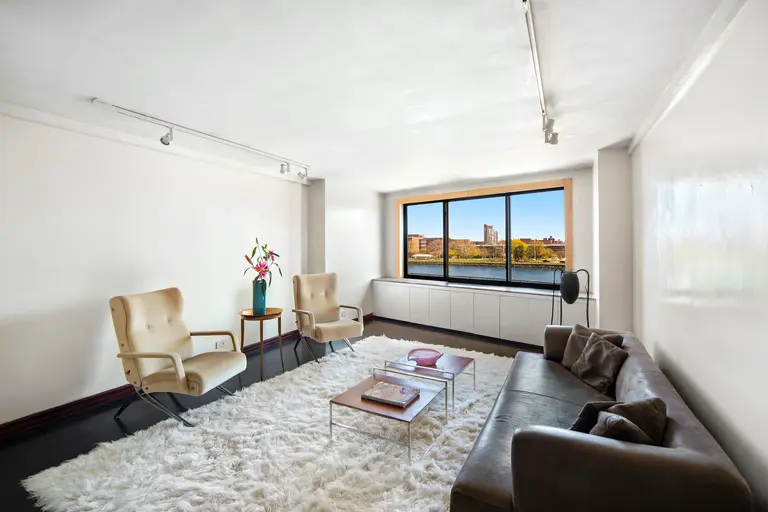
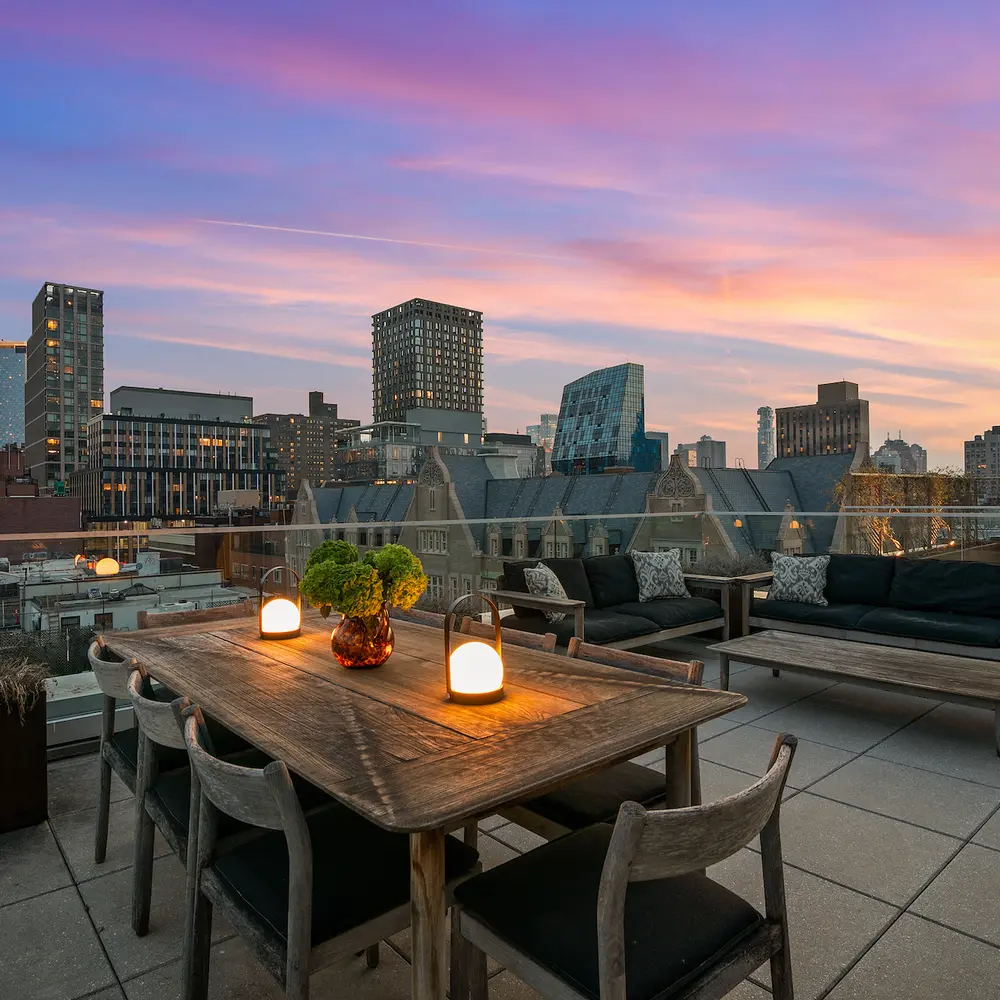
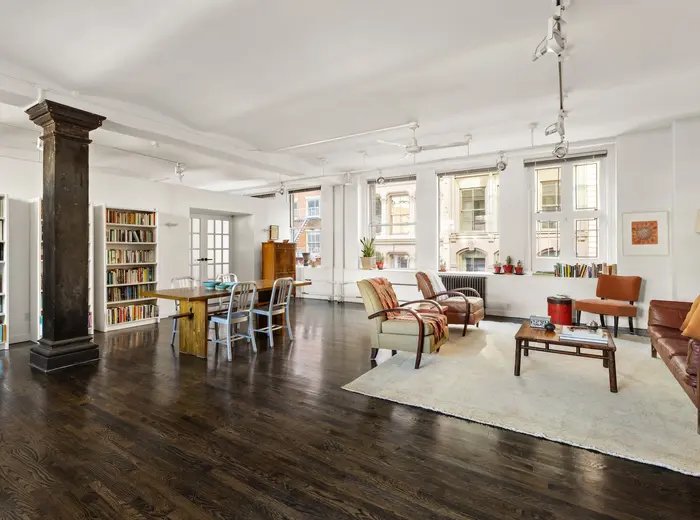
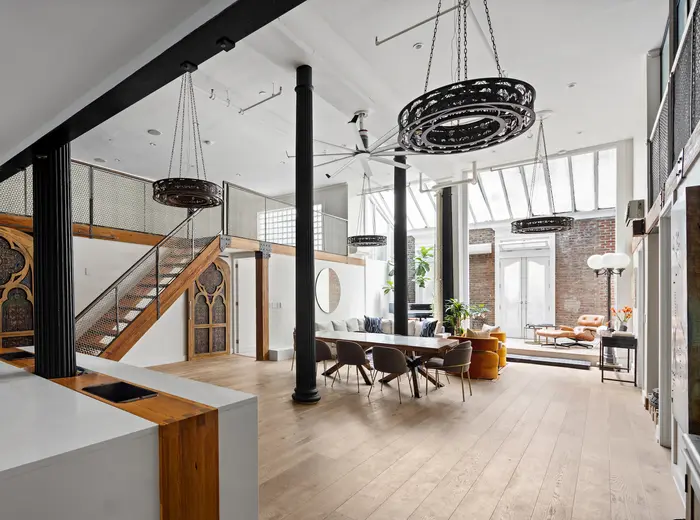
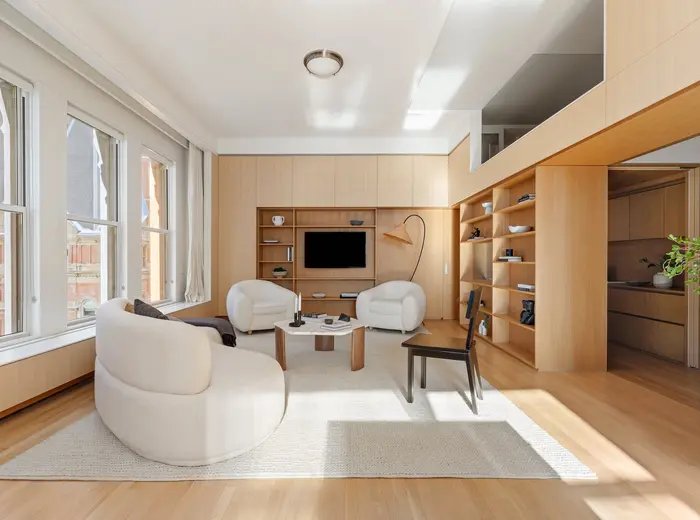
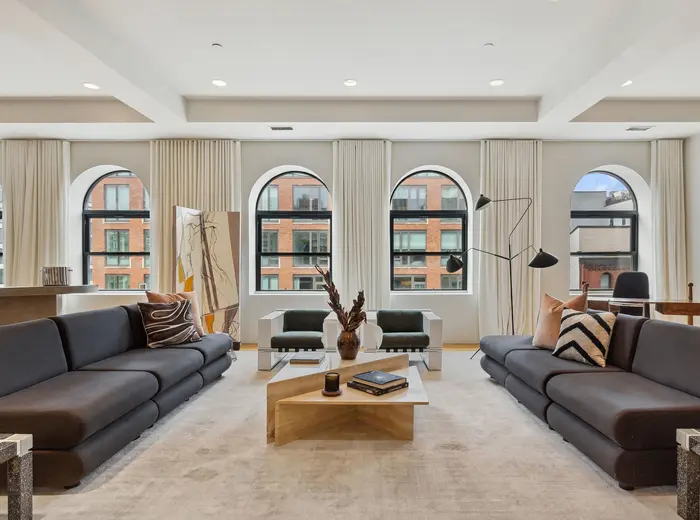
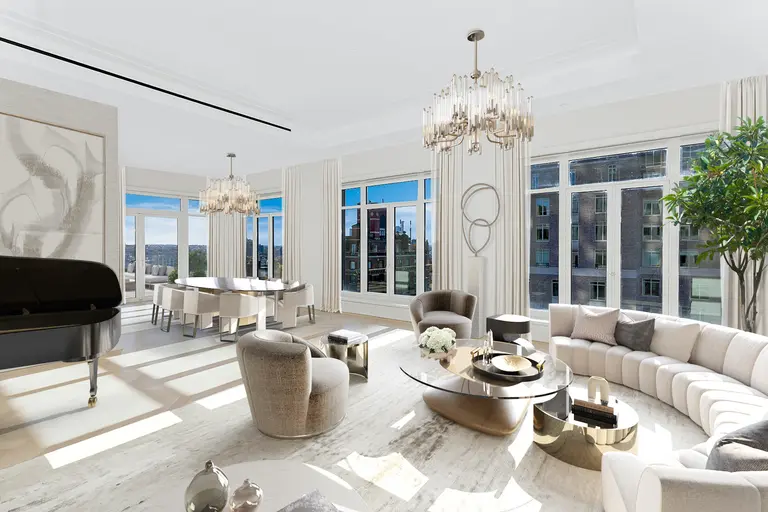
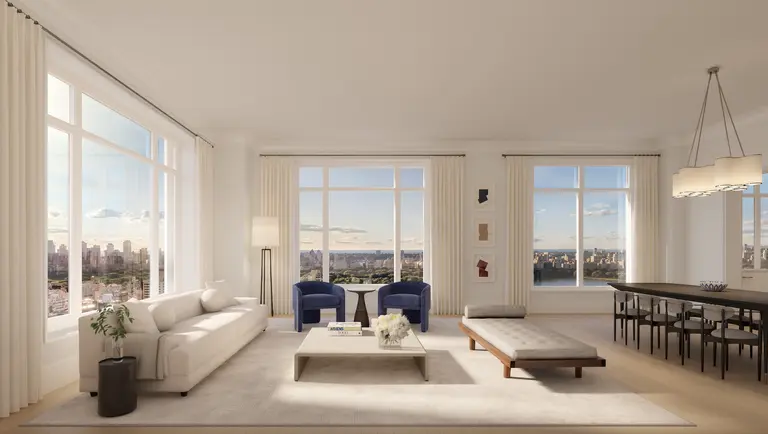
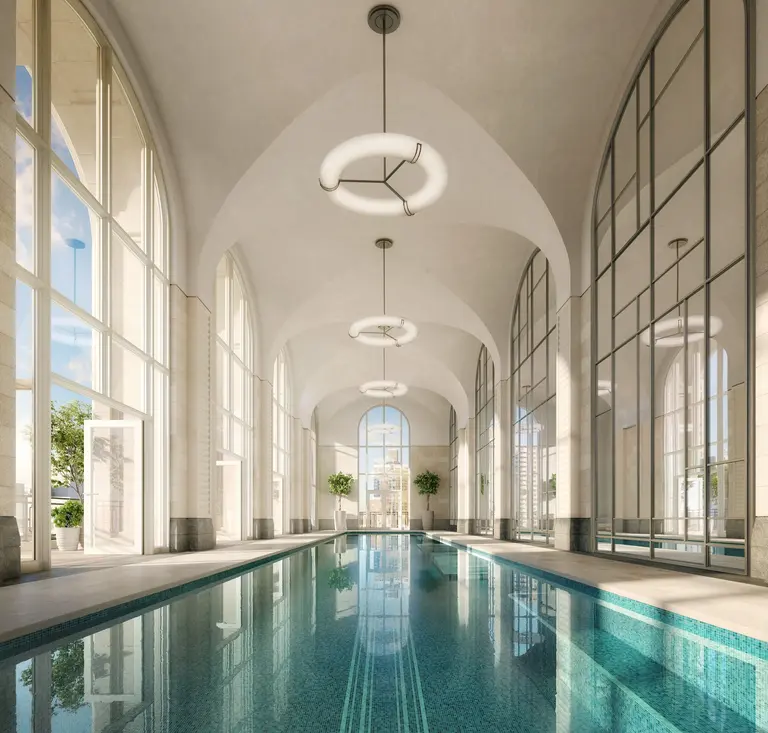
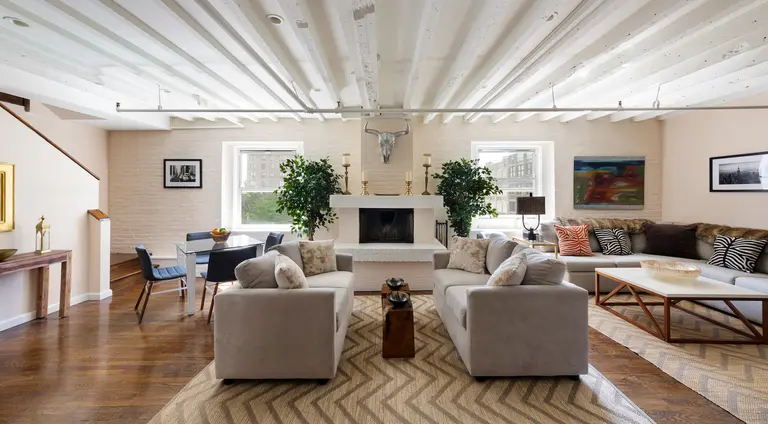
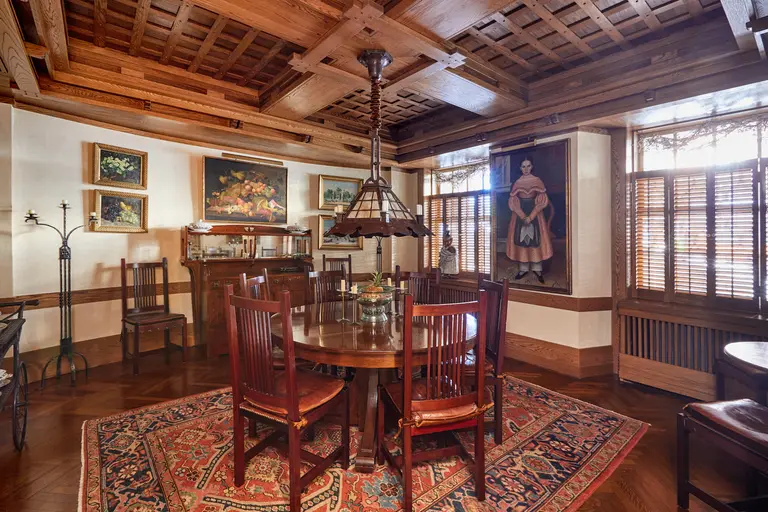
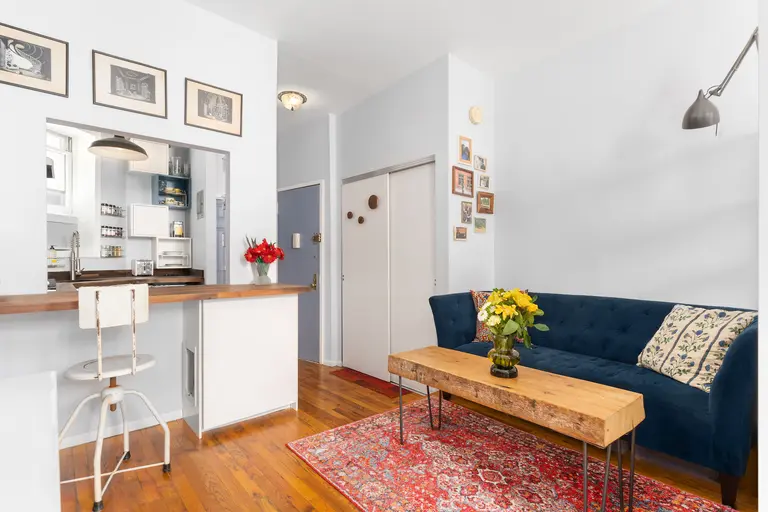











Glendon’s was my bar when I started out in advertising. Jimmy was a friend and a 15 cent draft was always at the ready. We considered Glennon’s the more authentic bar than Clark’s.
When Jimmy retired a group of us hired a horse carriage and took him to dinner at the.NY Athletic Club.
DID ANY OF YOU REMEMBER,
“THE WILLIAM HOGARTH COACH HOUSE?” ON SECOND AVE, BETWEEN 81 st AND 82 nd ON 2 nd AVE?
ACROSS FROM ELAINE’S AND
THE WHITE HORSE.
FORMER OWNER: BO GARBUTT
NOW LIVING IN CUENCA, EC.